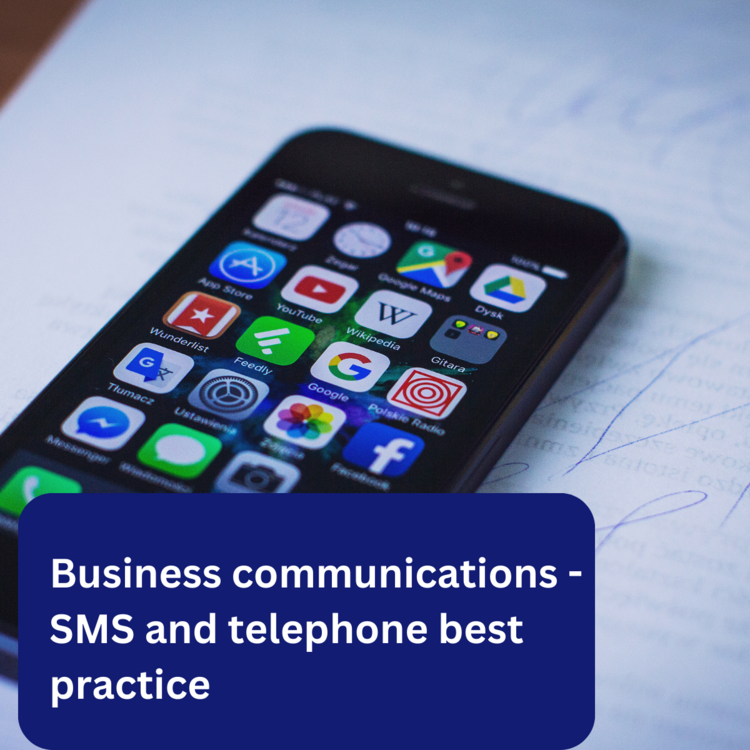Business communications - SMS and telephone best practice

National Cyber Security Centre has issued updated advice on how to ensure your organisation's SMS and telephone messages are effective and trustworthy.
This guidance will help you protect your customers from fraud by ensuring that your SMS and telephone messages are consistent, trustworthy, and reach your target audience without being blocked or deleted as suspicious.
Implementing this guidance will also make it harder for criminals to exploit telecoms channels. By minimising the complexity of any given service, it will help authorities to be more focussed and efficient in detecting and preventing fraud across telecoms networks.
The problem with telecoms
For many organisations, and particularly those that deal directly with the general public, SMS and telephone messages represent an extremely effective means of mass communication.
Unfortunately, the technology and systems that underpin mass communications cannot reliably tell the recipient who originated a phone call or SMS message. This means that cyber criminals are able to pose as legitimate organisations, mimicking their communications or concealing malicious links to enable fraudulent activity.
For these reasons, you should implement the guidance in this document, to make it easier for consumers to distinguish your official communications from attempted deception.
Creating trustworthy content
To be recognised as legitimate, it’s crucial that all your content meets the standards expected of your organisation. Poor formatting, spelling mistakes and other inconsistencies not only damage your reputation, but are frequently associated with fake messaging.
You should also carefully consider the contact method you use for each communication.
More here